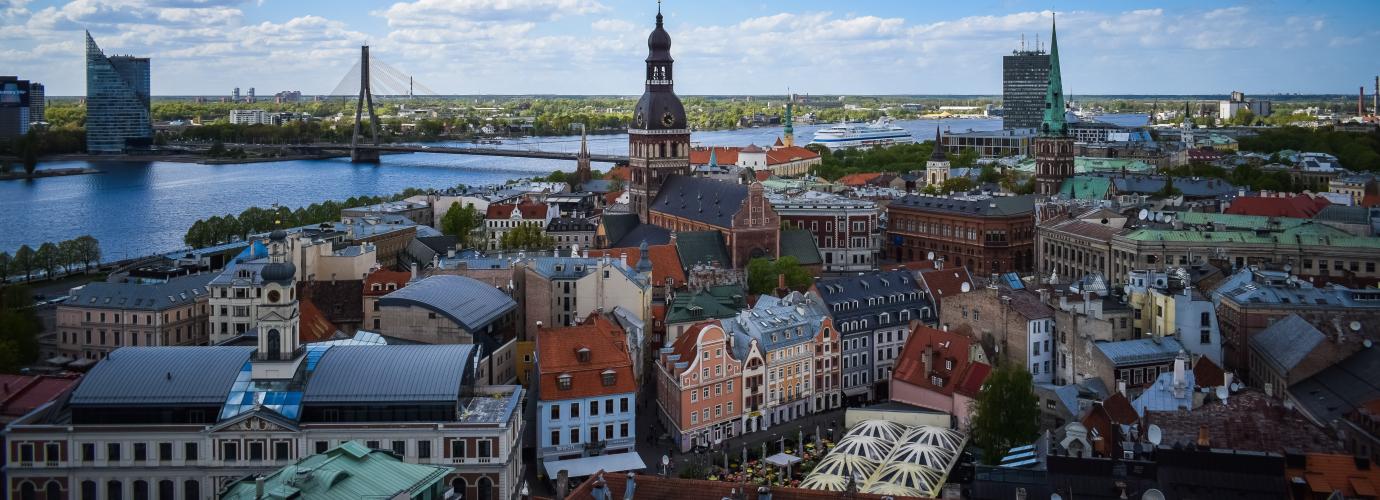Latvia, one of the three Baltic countries is a democratic, parliamentary republic. Legislative power is in the hands of the single chamber Saeima. The parliamentary elections are held every 4 years and the President is being elected by the Saeima every 4 years.
Latvia is a member state of the European Union – the largest single market in the world. The country fulfilled the Maastricht criteria and joined the Eurozone on January 1, 2014. Since 2016 it is a member of the Organisation for Economic Co-operation and Development (OECD). According to the World Bank, the annual GDP growth for Latvia is 4.1% (2021).
Latvians are the indigenous people of Latvia, and the Finno-Ugric Livs (or Livonians) are the only indigenous minority. Latvian is the official language in Latvia, it belongs to the Baltic group of the Indo-European family of languages with its closes relative Lithuanian.
Latvia’s present ethnic mix is largely a result of massive post-war immigration (colonization) under soviet regime, which resulted in a decline in the share of ethnic Latvians from 77% in 1935 to 52% in 1989. In 2022, the ethnic distribution of Latvia’s population was 63% Latvians, 24.2% Russians, 3.1% Belorussians, 2.2% Ukrainians, 1.9% Poles.

